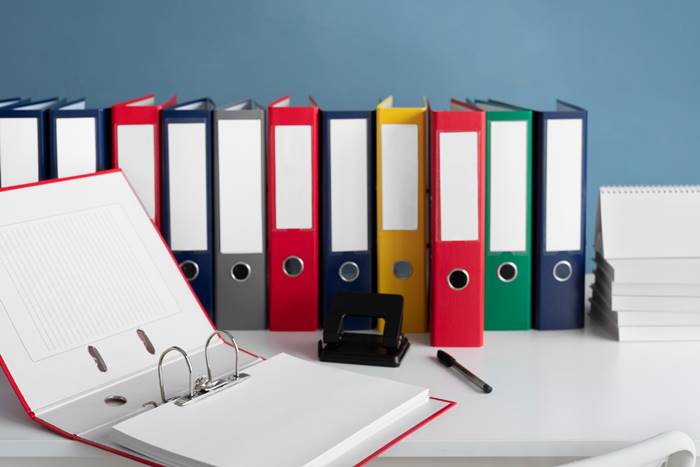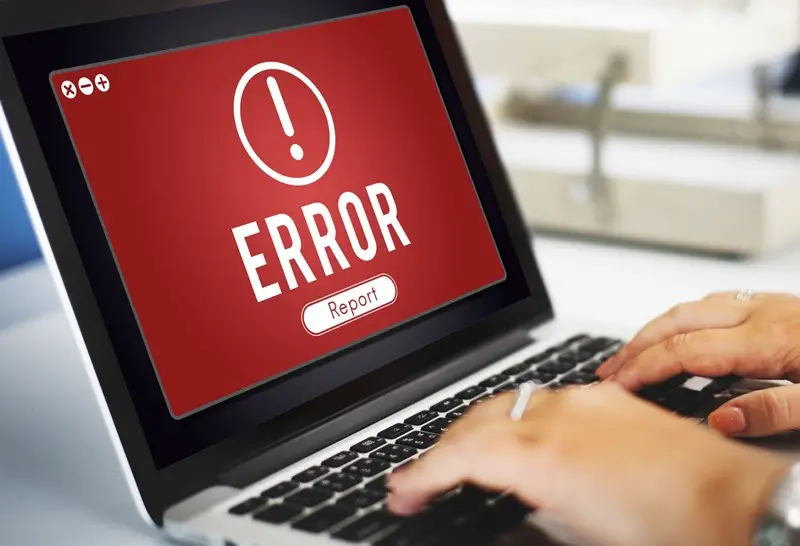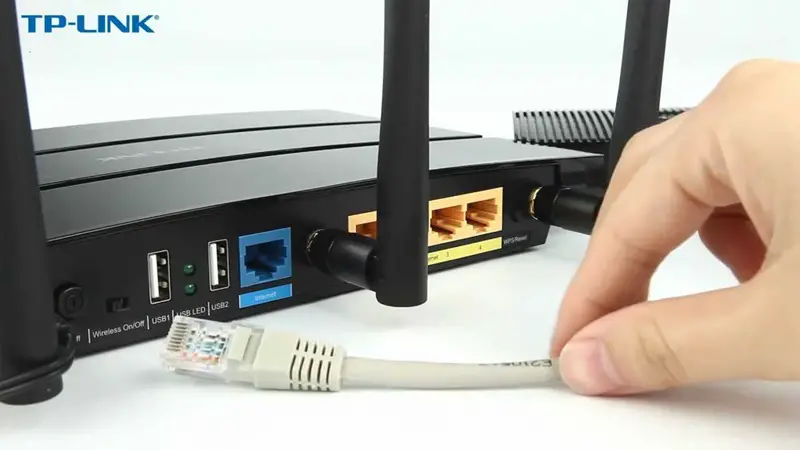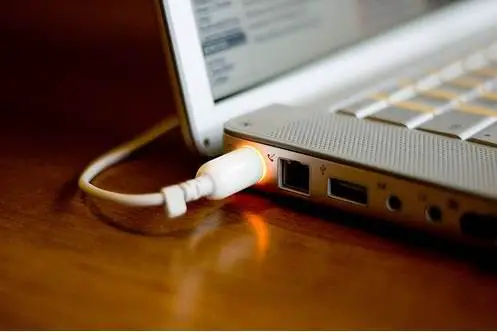Recently, you might have read a blog here about home gadgets that could help you stay organized. However, if you spend more time sorting through your computer’s files than actually finding what you need, it’s time to change your habits. With the tips and tricks below, you can figure out what to keep, how to organize it and when to know if it’s time to drag some files to your recycle bin.

Organize your Desktop
Having a clutter-free computer desktop is the first step to tackling your file management needs. If you already have a bunch of documents and application icons littering your screen, take action and start making new folders with relevant names. If you lose track of anything, you can always search for it by name, but at this stage, it’s most important to sift through anything that’s on your desktop, make sure you really still need it, and then categorize the data accordingly.
Look to the Clouds
You might hear someone tell you to get your head out of the clouds if you’re caught daydreaming at work, but now, the idea of clouds has spread over to the computing world, particularly in terms of storage solutions. An article on CNN.com discussed six possible services to use and detailed the basic facts about each, and it was a handy way for people who aren’t yet familiar with cloud computing to start to educate themselves.
The great thing about cloud storage is that all your stuff is stored so that it can be accessed from anywhere, as long as you have an internet connection. You don’t have to worry about losing your precious data if you have a house fire, faulty hard drive or some other traumatic event, because the files are safely stowed away from your present location. Also, many services give you a substantial amount of gigabytes per month for a reasonable rate, so even if you’ve accumulated a huge music or video library, there’s a good chance you’ll be covered.
Remove Large Files from your Hard Drive
If you love to watch and download YouTube videos, you’re not alone. According to statistics from the streaming video giant, an amazing 72 hours of footage is uploaded to the website every minute. Now that there are also ways to save those videos to your computer and remove the audio from clips to listen later, it’s easier and faster than ever to fill up your hard drive in a short time. Cloud storage services are a smart solution, but if you’re not yet ready to make the leap to one of those, get a hefty external hard drive to help free up some space.
Deciding What to Delete
If you’ve already followed the tip mentioned above about clearing off your desktop, it should be easier for you to see what you’re dealing with in terms of how many files you actually have. Some files, such as tax returns, invoices related to a business, or your university term papers should probably be saved, but think twice before saving, say, a graphic of a funny cartoon that your best friend sent to you two years ago that was humorous at the time, but that you haven’t opened since. Not looking at, or using a file for at least a year is a strong indication that you really don’t need as much as you might think you do.
[Recommended reading: How to Keep Track of Your Photos]
At first, getting a grip on your file management can be tedious, but once you iron things out and adopt a system that works, you’ll be glad you took the time to do it. To keep things maintained, sort through any new files every two weeks or so and make sure they get sent to the proper folder, cloud storage website or external hard drive. Happy organizing!
[Read also: Merge Your Media Rich Files Into One Document]
About the author : Amy Nielson is an avid blogger who writes often for tech sites. You can follow her on Twitter @NielsonAmy.




I don’t do a very good job of managing my files. My desktop is almost completely full. I go through some it. Clean it up, move or delete files. Shortly thereafter they seem to come back. It’s never ending. I am sort of a pack rat though. I have a hard time parting with files. I tell myself what if I need that one day. I have tons of backups on cd’s and dvd’s. I have no idea what are on them anymore, but I keep them just in case.
I had the same problem with excessive unecessary files cluttered everywhere. What I did was I got a free system cleaner that regularly cleans all those files. It does the job (some of it) and helps with deciding which ones I should choose to delete.
Hi Peter,
When I manage my computer files, I always make sure I have a dump or temp folder where I can simply dump the files I am not sure of deleting. That way, I can check on the folder some time later to confirm which of the files stored there really needs to be deleted. I prefer it this way because I always like to keep my recycle bin empty.
I so can relate this years ago and I assure you that its stressful. I hope that this task will be lessen but paper works are important so it will not be vanish and will have a task like that forever.
A lot of institution nowadays rely on computer for their file keeping. I hope they have back up files on that just in case computer crash down.